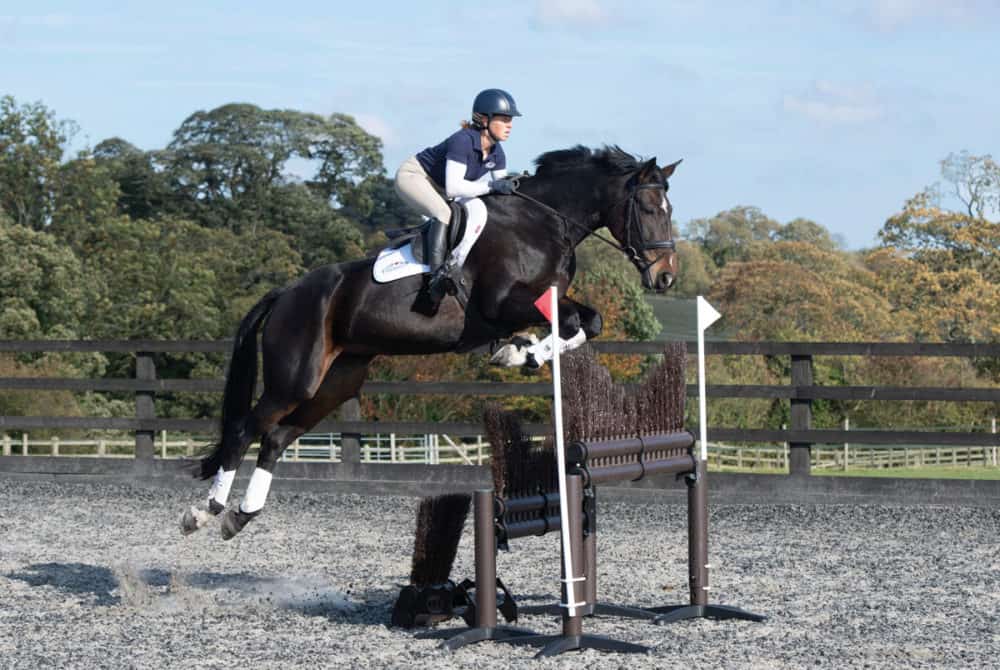Introduce your horse to skinny fences
Posted 29th April 2019
Minimising the challenge of skinnies will help you manage your horse’s reaction to them, avoid costly run-outs and gain confidence as a partnership, says Ros Canter

Skinnies are up there as one of the most common bogey fences, but by building them from the ground up in training, you’ll soon learn that they don’t require any special treatment.
Going back to basics isn’t necessarily just for younger horses. Many older horses have limited experience with skinny fences, too. They tend to be somewhat forgotten in training and horses are often only confronted with them in competition, where the high-pressure setting can cause problems. When riding a new horse, it’s a good idea to treat skinny fences as a brand new lesson because it’s likely you won’t know how often he’s encountered them in the past.
Introducing skinnies
When introducing your horse to skinnies, it’s best to start in a pace you can easily control. Allow him to become comfortable with walking and trotting through narrow wings before you consider adding a fence into the equation. That way, you’ll be in a much better position to deal with any wiggles as he grows in confidence.
Top tip
If your horse is unsure about trotting through a narrow space, set the wings further apart to begin with and gradually bring them in.
Exercise: Build it up
You’ll needA pair of wings or blocks and two short poles or a filler.
- Leaving the short poles to one side, first set up the wings a few metres from the side of the arena as if you were putting a skinny up.
- Walk through the wings on both reins before progressing to trot, adding a pole on the floor when you’re ready.
- Set up a small fence – much smaller than you’d normally jump – and approach on both reins in trot.
- Once your horse is confident, approach in canter and raise the fence if you wish.
If ever there was an opportunity for a run-out, a skinny fence is the ultimate candidate. However, taking things slowly and gradually increasing the challenge will help you detect potential run-outs early and, if you’re only approaching a pole in a steady trot, you’ll find it easier to hold your line.
For more top tips and exercises from Ros Canter, pick up a copy of June Horse&Rider, on sale 2 May.










